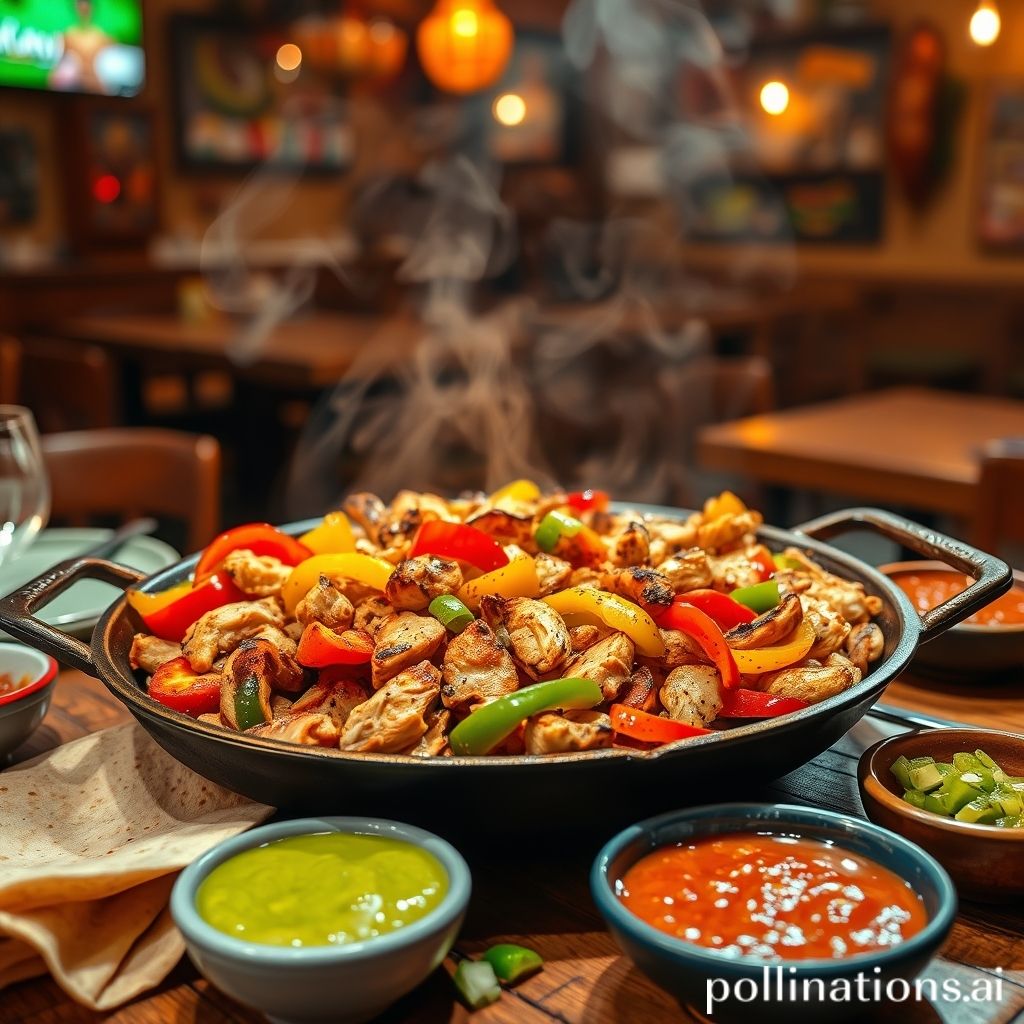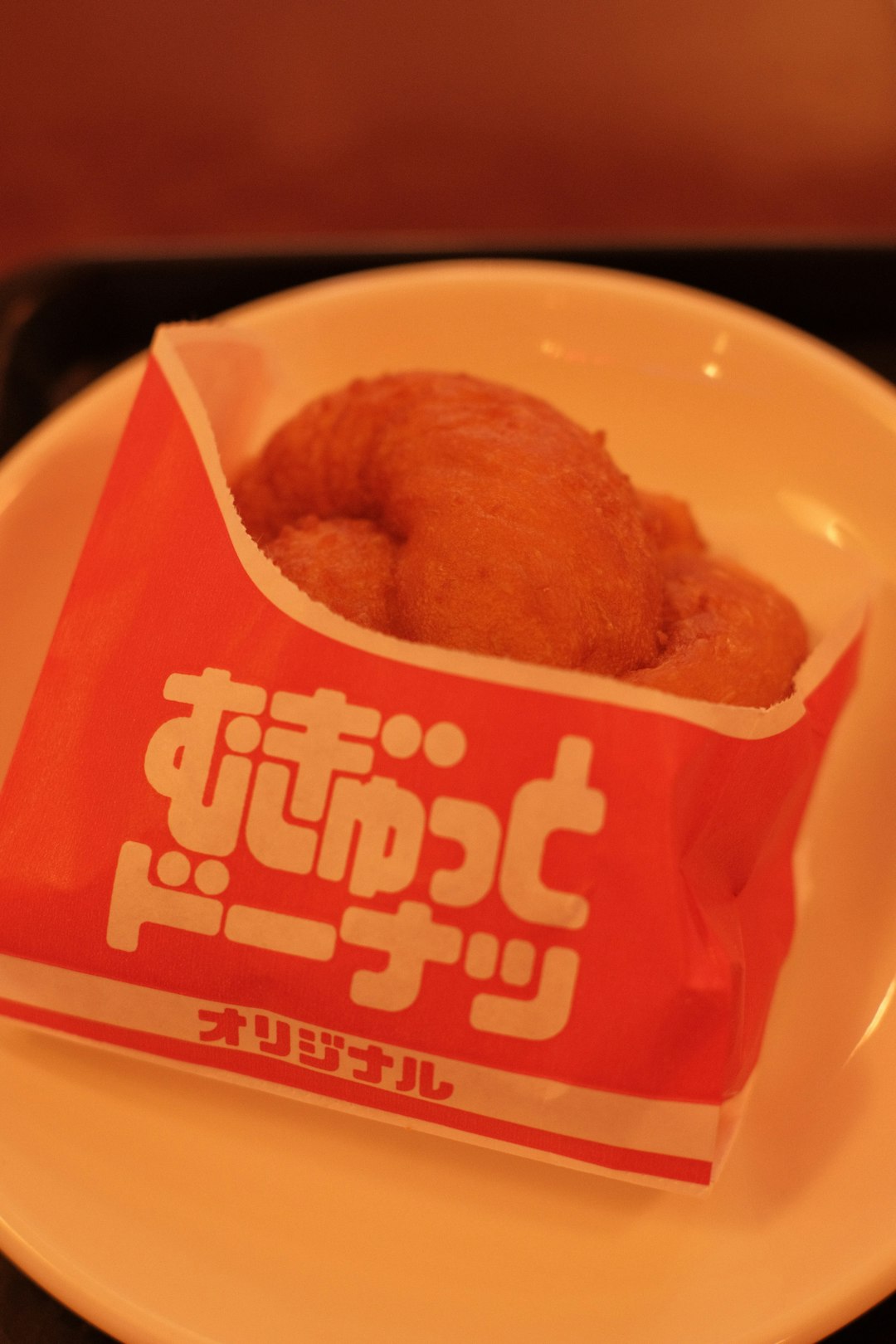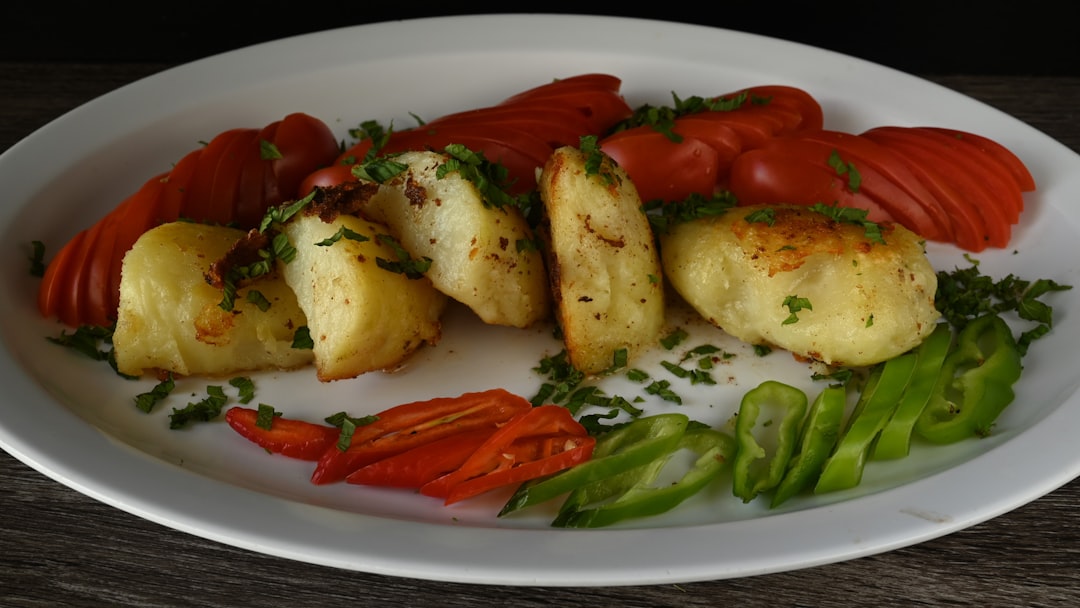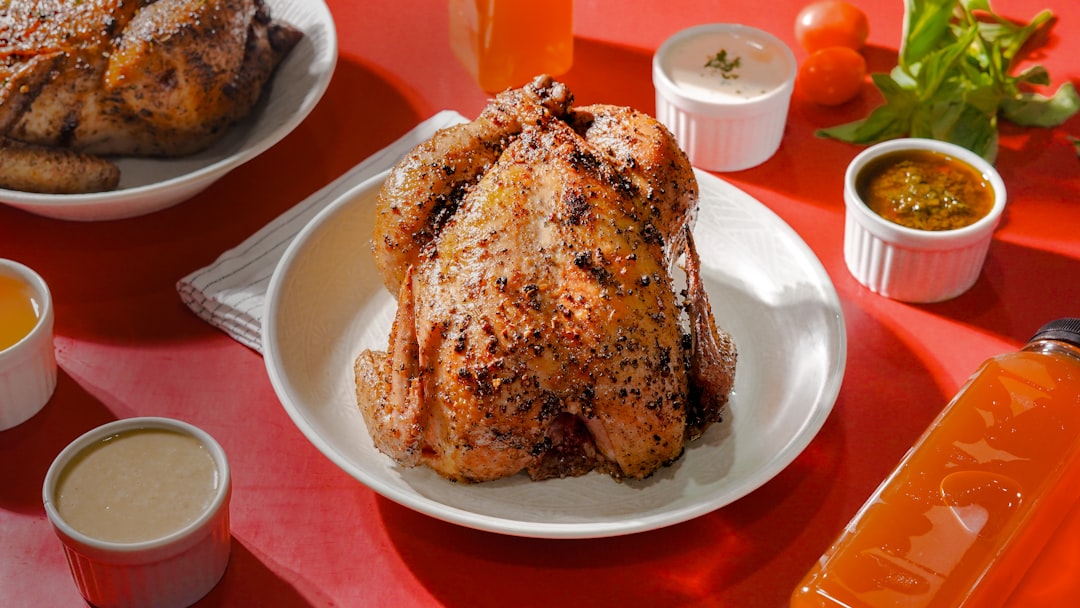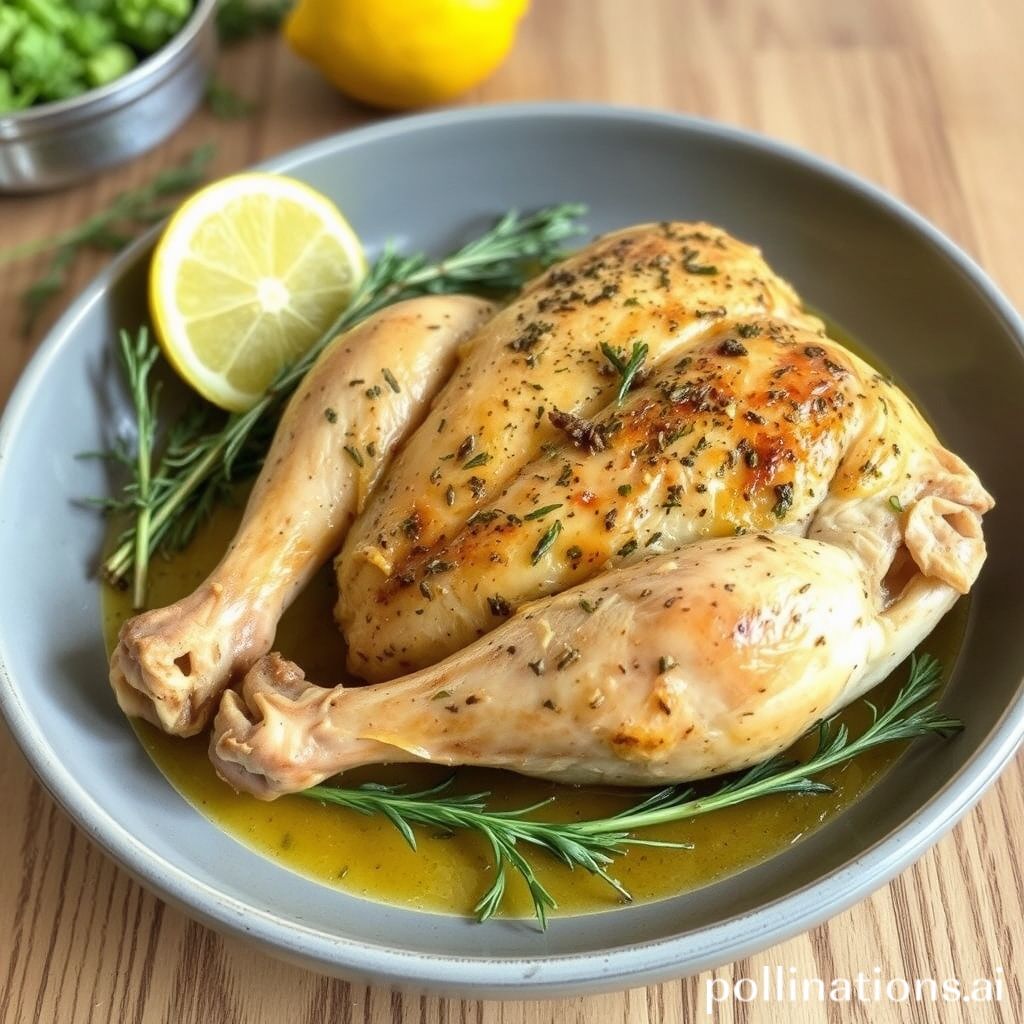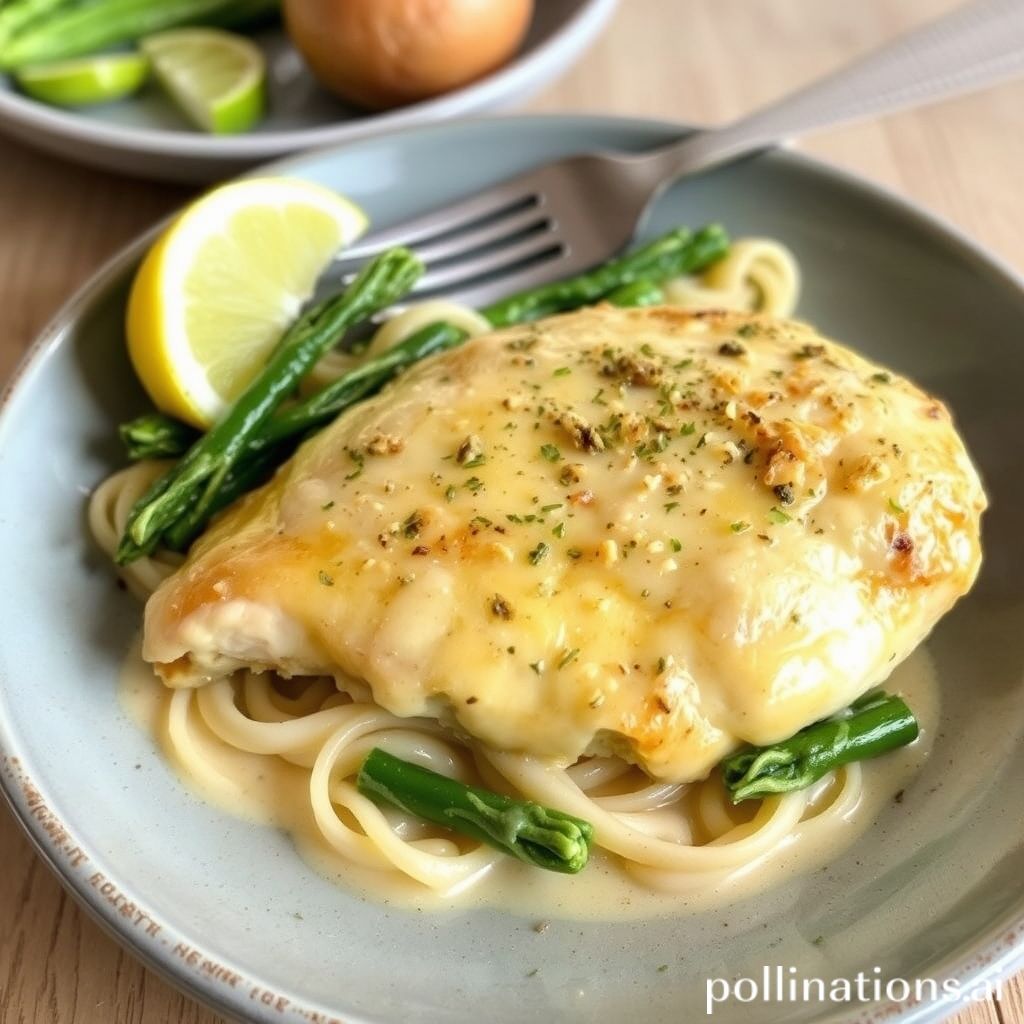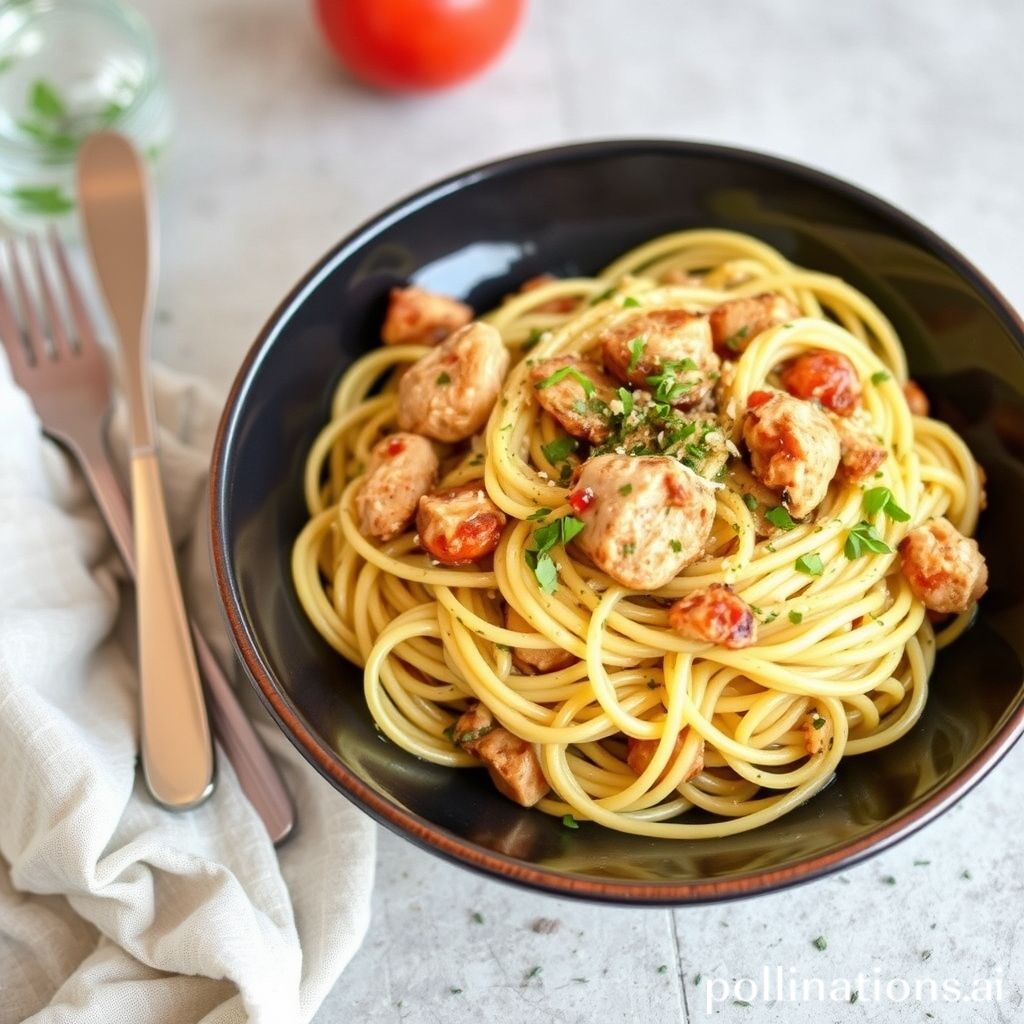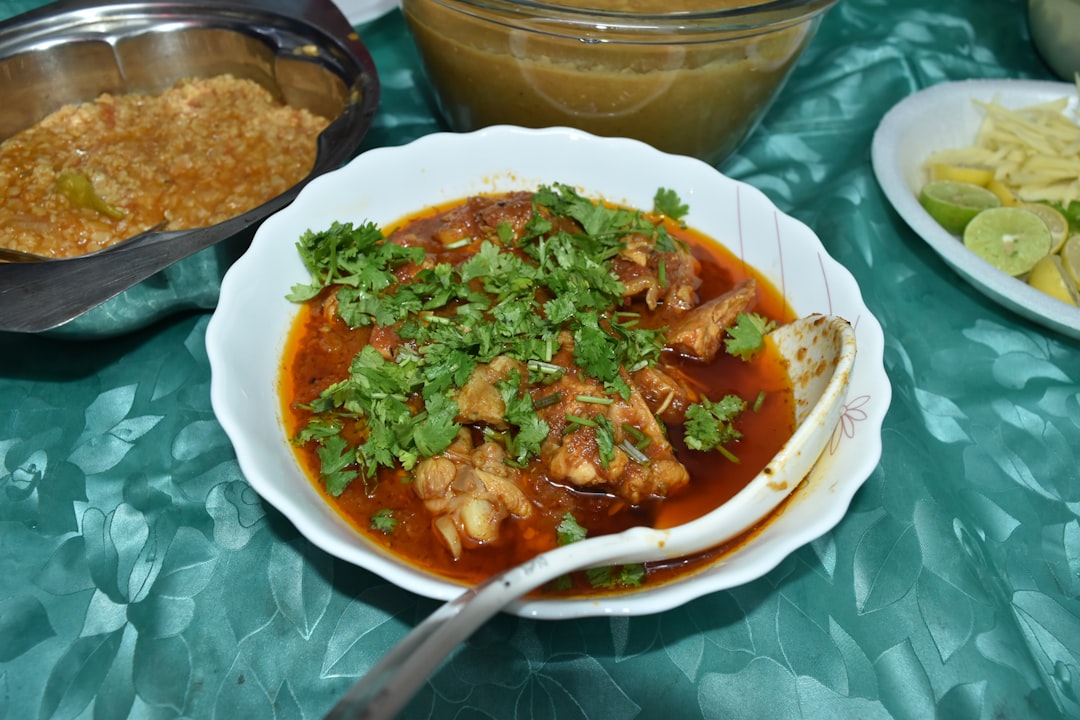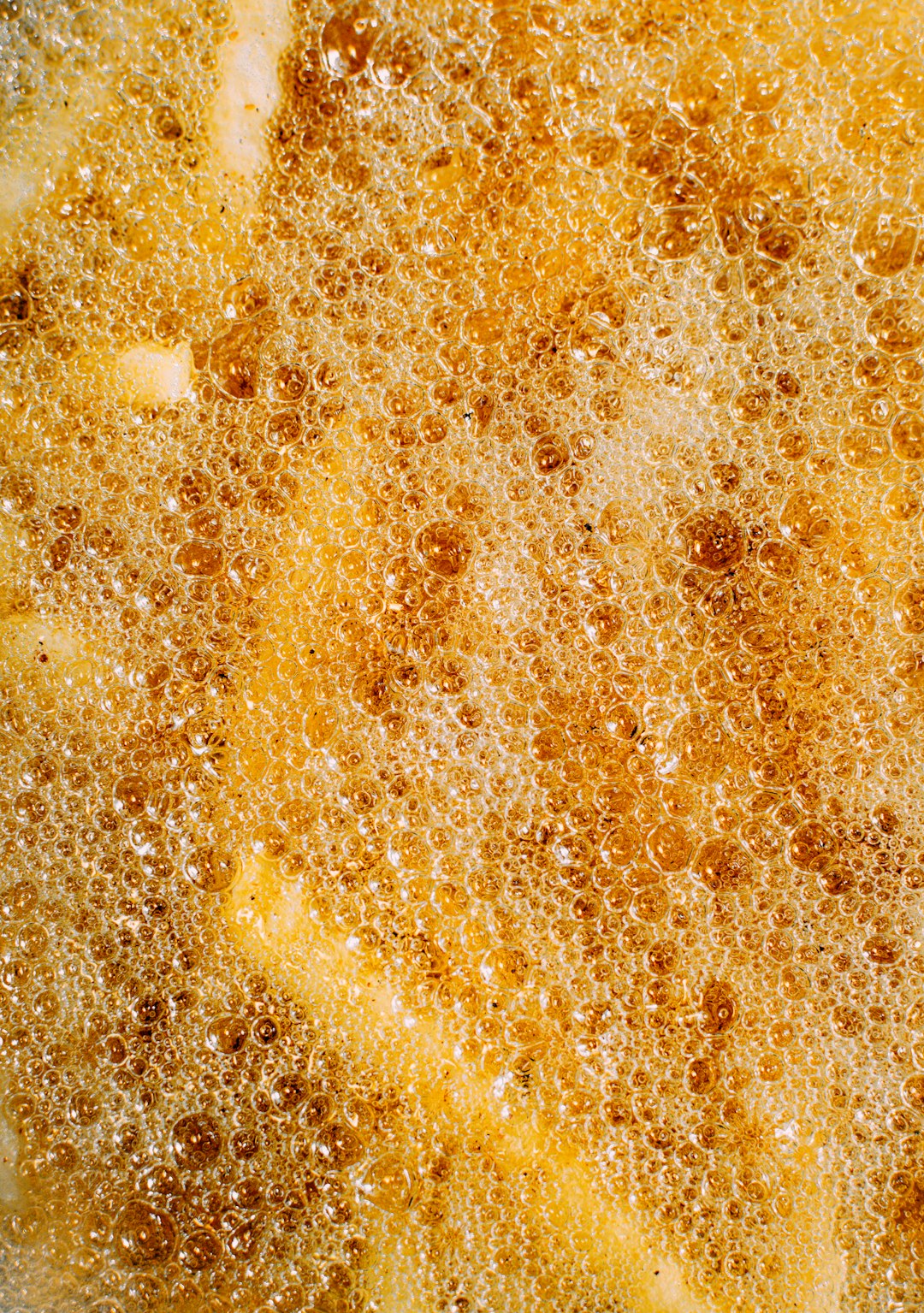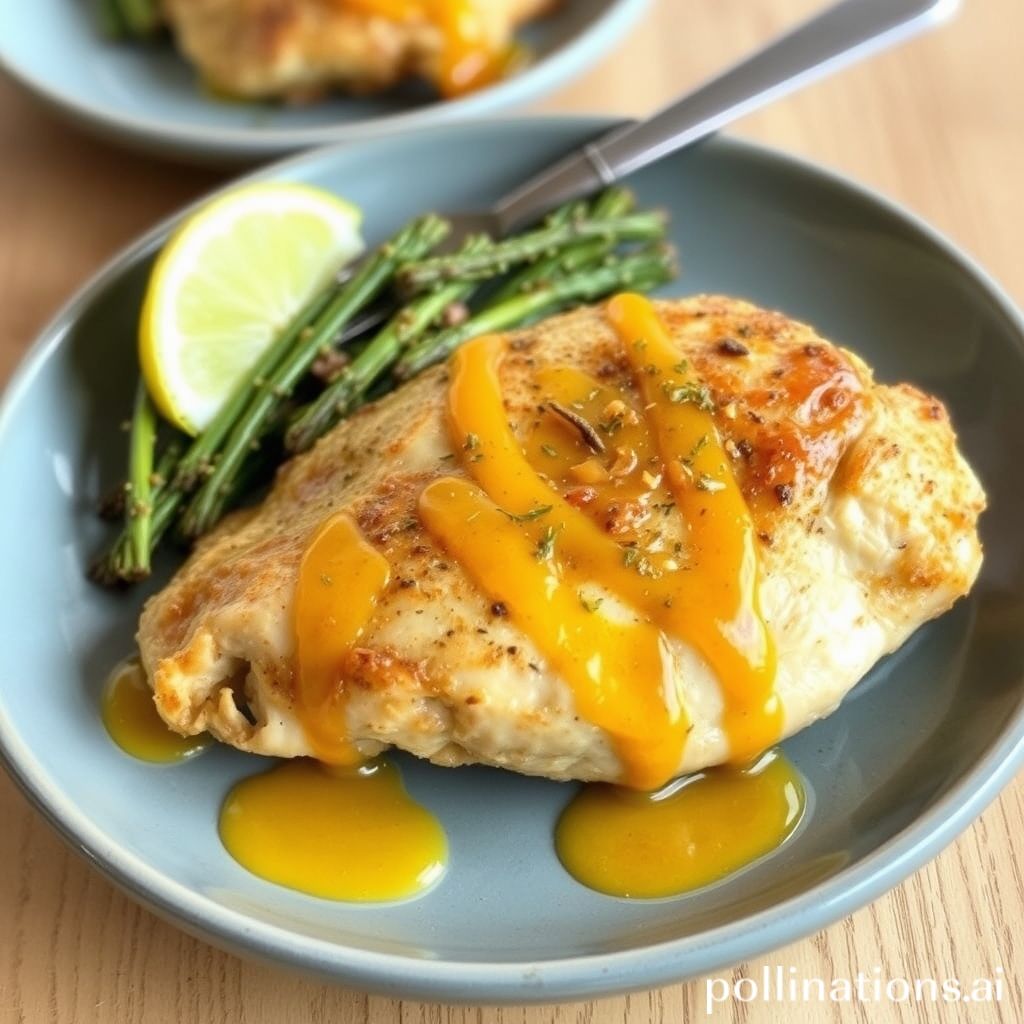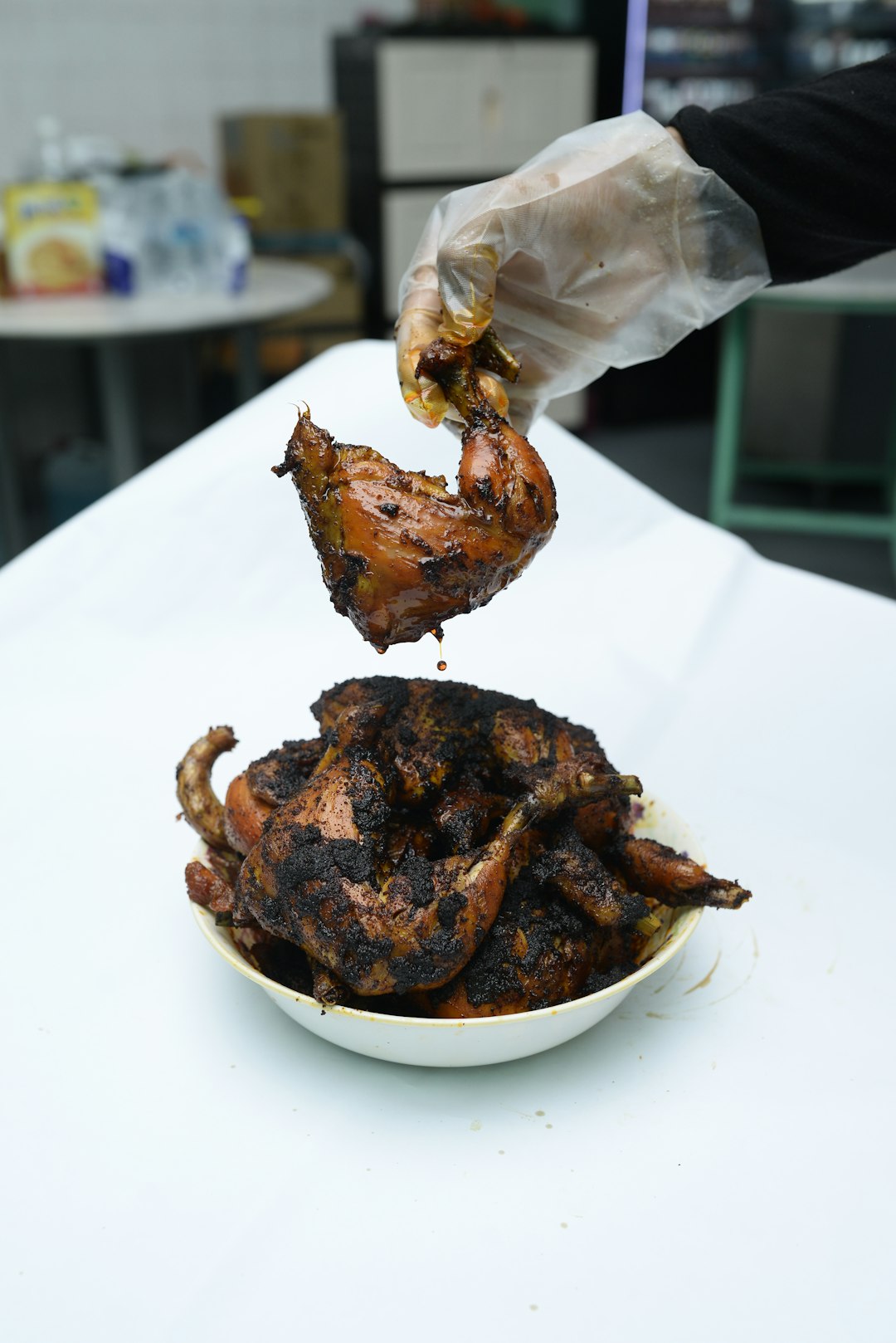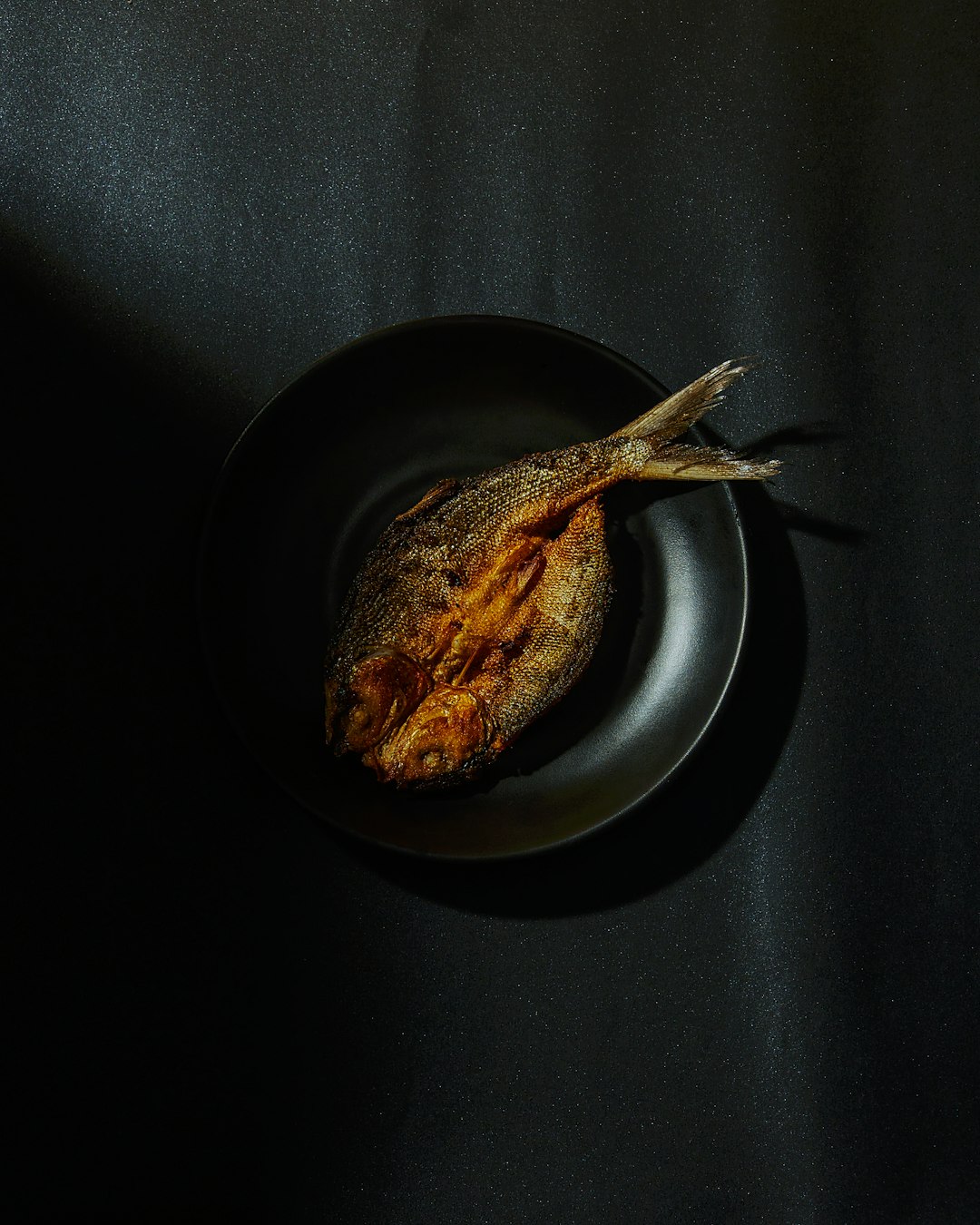Table of Contents
- Introduction
- Origin and Cultural Significance of Chicken Fajitas
- Essential Ingredients for Authentic Chicken Fajitas
- Step-by-Step Guide to Cooking Chicken Fajitas
- Variations and Customization Options for Chicken Fajitas
- Pairing Sides and Condiments to Enhance Chicken Fajita Experience
- Nutritional Value and Health Benefits of Chicken Fajitas
- Tips for Hosting a Fajita Night with Friends and Family
- Exploring Chicken Fajitas in Popular Restaurants and Global Cuisine
- Conclusion
- Frequently Asked Questions
Introduction
Ingredients List:
- 1 lb chicken breast, sliced
- 1 red bell pepper, sliced
- 1 green bell pepper, sliced
- 1 large onion, sliced
- 2 tbsp olive oil
- 2 tsp chili powder
- 1 tsp ground cumin
- 1 tsp paprika
- Salt and pepper to taste
- Tortillas, for serving
Prepare to tantalize your taste buds and ignite your culinary passion with the vibrant, aromatic world of chicken fajitas! This iconic Mexican dish is a universally adored favorite known for its sizzling presentation and robust flavors that captivate flavor lovers everywhere. Imagine a sky-high stack of juicy, marinated chicken, and a medley of colorful, sautéed vegetables, all enveloped in a warm, soft tortilla—each bite a burst of flavor that dances on your palate.
But what makes chicken fajitas truly divine is the fusion of simplicity and flavor sophistication. At the heart of this mouthwatering creation lies a symphony of spice—a perfect blend of chili, cumin, and paprika that envelops each ingredient with a deliciously smoky allure. Whether you’re a kitchen novice or a seasoned chef, crafting the perfect fajita is an art that offers endless creative possibilities and unmatched satisfaction. Get ready to embark on a flavorful fiesta that promises to leave you craving more with every delicious bite!
Origin and Cultural Significance of Chicken Fajitas
The origin of chicken fajitas is often traced back to the vibrant culinary traditions of Tex-Mex cuisine, a fusion of Texan and Mexican influences. Initially, fajitas referred to a specific cut of beef, known as ‘arrachera’ or skirt steak, grilled and sliced thin to be wrapped in flour tortillas. However, as Tex-Mex cuisine evolved, so did this beloved dish. Chicken fajitas emerged as a popular variation, bringing a lighter yet equally flavorful option to the table.
Chicken fajitas hold cultural significance as they symbolize a blend of cultures and culinary practices, reflecting the intertwined histories of Texas and Mexico. This dish is often enjoyed in social settings, symbolizing community and shared experiences. Its colorful presentation—typically served sizzling with bell peppers and onions—mirrors the lively and festive spirit of the cultures it represents. Additionally, chicken fajitas offer versatility, with endless possibilities for customization through toppings like salsa, guacamole, and cheese. This ability to adapt while maintaining their distinct identity speaks to the dynamic nature of cultural exchange and innovation within Tex-Mex cuisine.
Essential Ingredients for Authentic Chicken Fajitas
Creating authentic chicken fajitas requires a careful selection of ingredients that combine to deliver the perfect blend of flavors. At the heart of this dish is the chicken. Ideally, boneless, skinless chicken breasts or thighs are preferred for their tenderness and ability to absorb marinades well. A crucial element in bringing out the authentic taste is the marinade. Commonly, this includes lime juice, garlic, cumin, chili powder, and a hint of paprika, which not only tenderize the chicken but also impart a rich, smoky flavor.
Bell peppers and onions are the indispensable vegetables in chicken fajitas. Opt for a mix of red, yellow, and green bell peppers for a vibrant presentation and distinct sweetness. Onions, preferably red or white, add a sharp, flavorful contrast and should be sliced into strips for even cooking. A good fajita is also characterized by its serving elements – fresh tortillas that perfectly encapsulate the juicy fillings, and garnishes such as sour cream, salsa, and guacamole to add layers of flavor. Together, these ingredients create an irresistible mix that defines the essence of authentic chicken fajitas.
Step-by-Step Guide to Cooking Chicken Fajitas
Cooking chicken fajitas at home is a straightforward and delicious way to bring Mexican flavors to your dinner table. Start by gathering your ingredients: boneless chicken breasts, bell peppers, onions, lime, olive oil, and a collection of spices including chili powder, cumin, garlic powder, and paprika.
First, slice the chicken breasts into thin strips and place them in a bowl. Add olive oil, lime juice, and the spices to create a flavorful marinade. Allow the chicken to marinate for at least 30 minutes to enhance its taste.
While the chicken is marinating, slice the bell peppers and onions into strips. Heat a large skillet over medium-high heat and add a drizzle of olive oil. Once the oil is hot, add the marinated chicken strips and cook until they are browned and fully cooked, usually for about 6-8 minutes.
Remove the chicken from the skillet and set it aside. In the same skillet, add the sliced bell peppers and onions. Sauté until they are tender and caramelized, approximately 5-7 minutes.
Return the chicken to the skillet, mix everything together, and cook for an additional 2 minutes to blend the flavors. Serve the fajitas hot with warm tortillas and your favorite toppings like sour cream, guacamole, or salsa.
Variations and Customization Options for Chicken Fajitas
Chicken fajitas are a versatile and delicious dish that can be customized to suit a wide range of tastes and dietary preferences. One popular variation is to incorporate different vegetables, such as mushrooms, zucchini, or asparagus, alongside the traditional bell peppers and onions. These additions not only enhance the flavor but also add nutritional value to the meal.
For those looking to reduce their carb intake, serving chicken fajitas on a bed of lettuce leaves instead of the usual flour tortillas is a great option. Alternatively, you can use whole-grain tortillas for a healthier twist or even try flavored tortillas like spinach or tomato-basil for an added burst of flavor.
Spice enthusiasts might consider adding jalapeños or hot sauce to the fajitas for an extra kick. For a smoky flavor, sprinkle some smoked paprika or chipotle powder over the chicken and vegetables while they cook. Cheese lovers can experiment with different types of cheese, such as pepper jack or queso fresco, to complement the flavors.
Finally, various toppings can further customize the fajitas. Fresh salsa, guacamole, sour cream, or a squeeze of lime juice can add the finishing touch that elevates this dish to new heights.
Pairing Sides and Condiments to Enhance Chicken Fajita Experience
Enhancing your chicken fajita experience is as much about the sides and condiments as it is about the main dish itself. The right pairings can elevate the savory flavors and offer a delightful contrast to the spicy goodness of fajitas. A classic accompaniment includes rice, particularly cilantro lime rice that adds a refreshing zest. Beans, whether black, pinto, or refried, provide a hearty addition, complementing the fajitas’ protein-rich profile.
Condiments play a pivotal role as well. Salsa comes in numerous varieties from mild to fiery, enhancing the fajitas with its tangy, tomato-based goodness. Guacamole is another favorite, offering a creamy, rich texture that perfectly balances the spiciness. Freshly chopped cilantro and a squeeze of lime juice can invigorate the flavor profile, providing a fresh, aromatic element.
If you are looking for a bit more texture, consider topping your chicken fajitas with crunchy elements like shredded lettuce or radishes. Cheese lovers might choose to sprinkle some shredded cheddar or Monterey Jack. Lastly, a dollop of sour cream or Greek yogurt can add a cooling effect, rounding out the flavor spectrum and creating a more indulgent eating experience.
Nutritional Value and Health Benefits of Chicken Fajitas
Chicken fajitas are a popular, flavorful dish that combines the nutritional benefits of lean protein and fresh vegetables. A typical serving of chicken fajitas provides a well-balanced mix of essential nutrients. The primary ingredient, chicken, is a rich source of lean protein, which is crucial for muscle growth and repair, while being low in fat. This makes it an ideal choice for those looking to maintain a healthy diet or manage their weight.
In addition to protein, chicken fajitas are often made with bell peppers and onions, both of which are packed with vitamins and minerals. Bell peppers are an excellent source of vitamins A and C, while onions provide a healthy dose of vitamin C and dietary fiber. These vegetables not only enhance the flavor of the dish but also contribute antioxidants that support overall health.
Moreover, when served with whole-grain tortillas, chicken fajitas offer additional fiber, promoting digestive health and providing a sustained energy boost. They can also be customized with healthy toppings like avocado, which adds heart-healthy monounsaturated fats, and salsa, which is low in calories and full of flavorful nutrients. Overall, chicken fajitas can be a nutritious and satisfying meal option.
Tips for Hosting a Fajita Night with Friends and Family
Hosting a fajita night with friends and family is a delightful way to enjoy a flavorful meal together. To ensure a successful gathering, preparation is key. Start by marinating your chicken well in advance to infuse it with rich flavors. Using a blend of lime juice, garlic, cumin, and chili powder not only adds zest but also tenderizes the meat, making it more succulent.
Next, set up a fajita bar with an array of toppings and sides to accommodate diverse preferences. Offer grilled vegetables, such as bell peppers and onions, as well as fresh cilantro, salsa, and guacamole. Consider providing a variety of tortillas, including flour and corn, to cater to different tastes and dietary needs.
Don’t forget to keep your drinks varied and plentiful. Margaritas are a classic choice, but also include non-alcoholic options like iced tea or lemonade for those who prefer them. Have some fun music playing in the background to create a lively atmosphere. Finally, ensure your cooking equipment is safe and accessible; a portable gas stove or grill can keep things easy and interactive. With these tips, your fajita night is sure to be a memorable and enjoyable experience for all.
Exploring Chicken Fajitas in Popular Restaurants and Global Cuisine
Chicken fajitas are a beloved dish that has garnered international attention, finding a place in the menus of popular restaurants worldwide. Originating in Mexican cuisine, fajitas have evolved to become a staple in Tex-Mex fare, and chicken fajitas, in particular, offer a succulent and flavorful option for diners. The perfect chicken fajita combines marinated strips of chicken, generally seasoned with spices such as cumin, chili powder, and paprika, sautéed with vibrant bell peppers and onions. This colorful medley is typically served sizzling hot, adding a sensory experience to the dish.
In popular restaurants, the versatility of chicken fajitas is often highlighted through customizable options, allowing diners to choose their preferred toppings and sides – from guacamole and sour cream to salsa and grated cheese. This adaptability makes chicken fajitas not only a trendy option in Mexican or Tex-Mex establishments but also a favored choice in global cuisine settings, from street food stalls to upscale dining.
Chicken fajitas have transcended their origins, becoming a globally recognized and celebrated dish. Their appeal lies in their robust flavors, interactive eating experience, and ability to reflect regional culinary influences while maintaining their classic zest.
Conclusion
In conclusion, crafting the perfect chicken fajitas is an art that blends historical richness, vibrant flavors, and endless customization options. As a dish that celebrates the fusion of Texan and Mexican culinary traditions, chicken fajitas are more than just a meal – they are a flavorful journey. By using fresh, authentic ingredients and mastering the cooking techniques outlined, you can create a dish that is not only delicious but also reflective of a rich cultural tapestry.
To continue exploring the vast world of chicken recipes, from easy dinners to intricate braises and stir-fries, consider expanding your culinary horizons with ‘The Chicken Bible: Say Goodbye to Boring Chicken with 500 Recipes for Easy Dinners, Braises, Wings, Stir-Fries, and So Much More.’ This treasure trove of recipes will ignite your creativity and elevate your skills in the kitchen. Don’t miss out on this opportunity to transform your meals and impress your guests with new, exciting chicken dishes. Purchase your copy today at Amazon and say goodbye to boring chicken forever!

